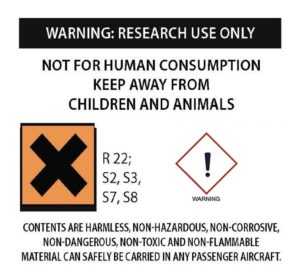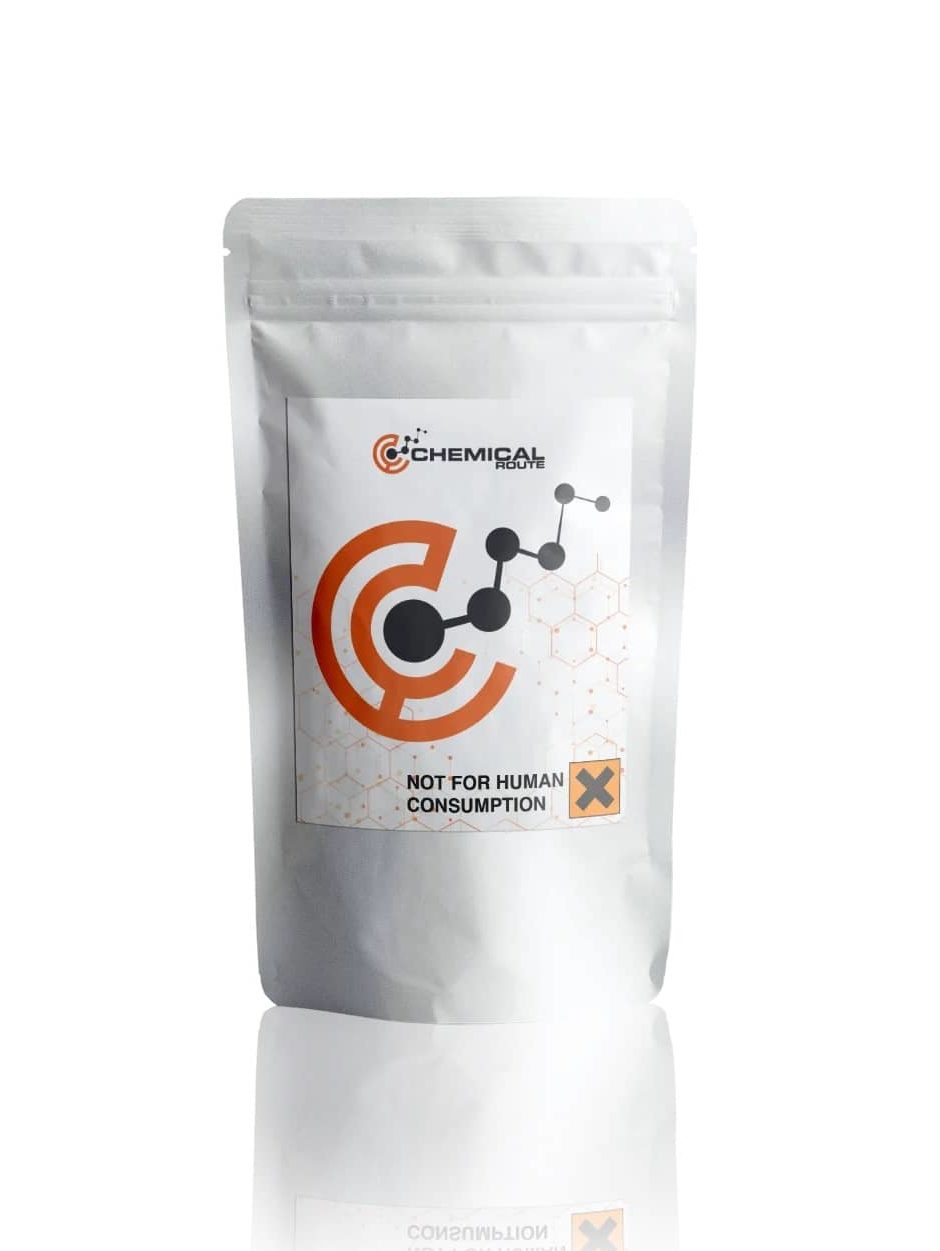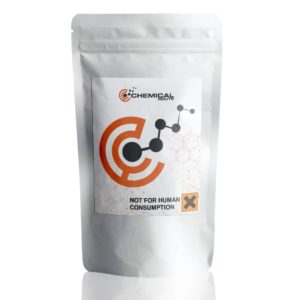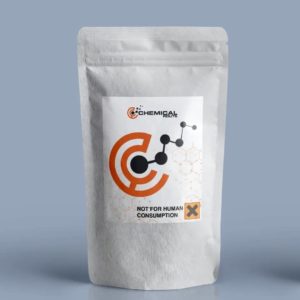Description
5-Methoxy-6-methyl-2-aminoindane
Product information
IUPAC-name 5-Methoxy-6-methyl-2,3-dihydro-1H-inden-2-amine
Synonyms MMAI, 5-Methoxy-6-methyl-2-aminoindane
Formal name 5-Methoxy-6-methyl-2,3-dihydro-1H-inden-2-amine
Cas number 132980-16-6
Formula C11H15NO
Molar Mass 177.247 g·mol−1
Purity 98.0 % min.
Formulation Powder
Solubility
- DMF: 0.3 mg/ml
- DMSO: 0.5 mg/ml
5-Methoxy-6-methyl-2-aminoindane also known as MMAI is a psychoactive compound created during the 1990s by a group headed by David E. Nichols at Purdue University. It goes about as a non-neurotoxic and exceptionally specific serotonin delivering specialist (SSRA) and produces entactogen impacts in people. It has been sold as a designer drug and as a research compound online since 2010.
MMAI has been appeared to ease stress incited depression in rats more powerfully than sertraline, and accordingly. It has been recommended that SSRAs like MMAI and 4-MTA could be created as novel antidepressants with a quicker beginning of remedial activity and better adequacy than current antidepressants, for example, the particular serotonin reuptake inhibitors (SSRIs).
Though not illegal in the EU, 5-Methoxy-6-methyl-2-Aminoindane is a common ingredient in recreational drug mixes. This chemical has the same effects as benzodiazepine, but it doesn’t have the neurotoxic properties of a traditional drug. Its low-concentration is not toxic in humans, but it does produce a “high” when ingested.
The chemical compounds 5-Methoxy-6-methyl-2-Aminoindane are commonly used as stimulants. They are a popular synthetic analogue of amphetamine. They have been synthesized through several different processes, and some people use them recreationally and for medical reasons. They are primarily used in psychoactive drugs.
This chemical is structurally similar to MDMA but has a more rigid conformation. The amines have a bridge between the a-carbon and the aromatic ring. They have similar effects to MDMA. Intoxication is rare and can be fatal, but if abused, it can lead to serious side effects. The chemical is found in many substances, including pharmaceuticals and cosmetics.
The drug has an entactogenic and euphoric effect. It is used in large quantities at raves and in combination with other stimulants. It has a fast onset and a strong effect on the body’s monoamine oxidase. It can also cause a panic attack. Some people report experiencing anxiety after taking this chemical.
The toxicological and physiological properties of this compound has not been analyzed. Usage of this Chemical should be for research and forensic purposes only.
WARNING This product is not for human or veterinary use.

This product is only available to persons of 21 years old and above.
Hazard statement(s)
| H302 | Harmful if swallowed |
| H315 | Causes skin irritation |
| H319 | Causes serious eye irritation |
| H332 | Harmful if inhaled |
| H335 | cause respiratory irritation |
| H336 | cause drowsiness or dizziness |
| Precautionary statement(s) | |
| P264 | Wash hands thoroughly after handling |
| P280 | protective gloves/protective clothing/eye protection/face protection |
| P305 + P351 + P338 | IF IN EYES: Rinse cautiously with for several minutes. Remove contact lenses, if present and easy to do. Continue rinsing. |
| P337 + P313 | If eye irritation persists: Get medical advice/attention |
| P261 | Avoid breathing dust/ fume/ gas/ mist/ vapors/ spray |
| P271 | Use only outdoors or in a well-ventilated area |
| P304 + P340 | IF INHALED: Remove victim to fresh air and keep at rest in a position comfortable for breathing |
| P312 | Call a POISON CENTER or doctor/physician if you feel unwell |
| P403 + P233 | Store in a well-ventilated place. Keep container tightly closed |
| P405 | Store locked up |
| P501 | Dispose of contents/container to a licensed disposal company |





Reviews
There are no reviews yet.